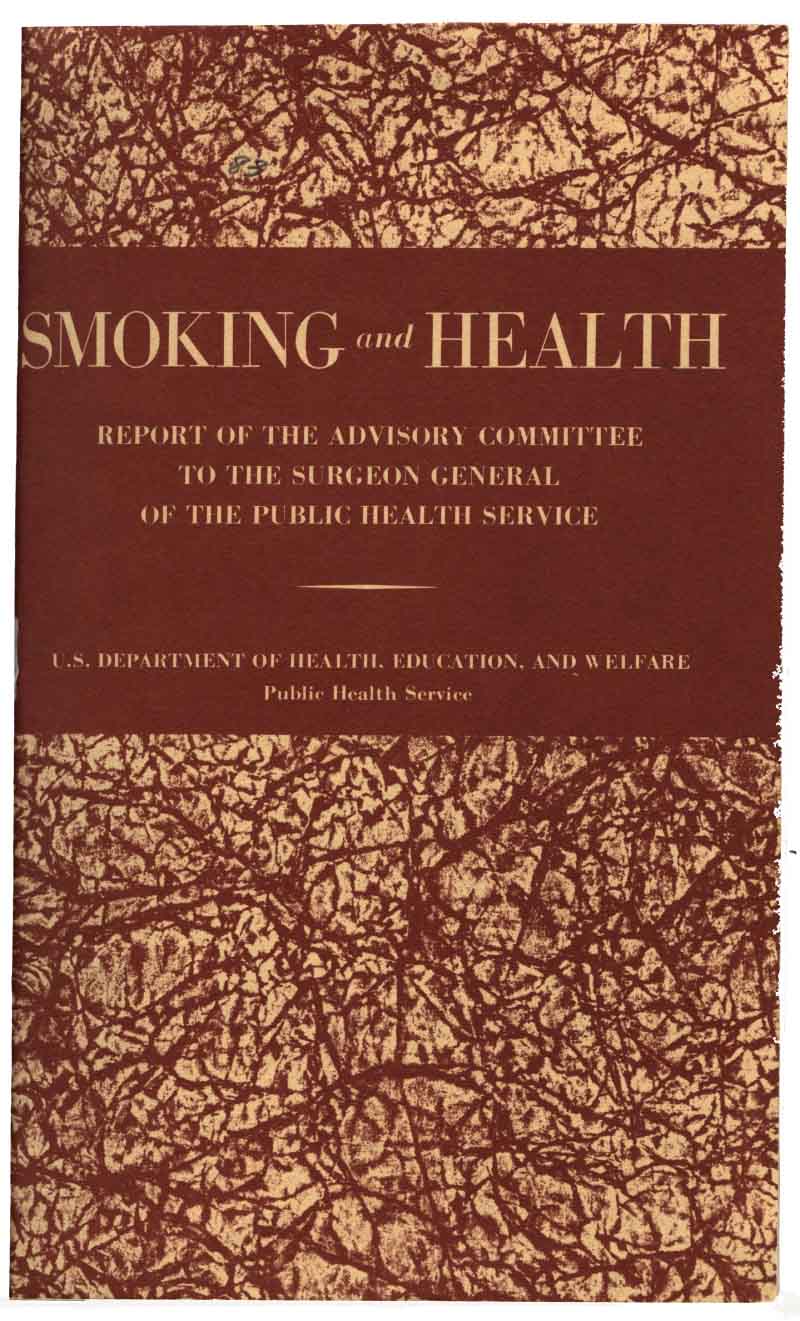How science cleared the air over inhaled health risks
How science cleared the air over inhaled health risks American Heart Association News


Fighting for Clean Air: The Journey Towards Sustainable Development Goals

Introduction
Over the past century, the fight for clean air has witnessed significant progress. From the absence of dangerous smog to the decline in cigarette smoke, the improvement in air quality is remarkable. This positive change can be attributed to the collaboration between scientists, the public, and the government. The scientific research conducted on air pollution and its impact on health has played a crucial role in driving this progress. The Sustainable Development Goals (SDGs) have been instrumental in addressing the issue of air pollution and its effects on human health.
The Impact of Air Pollution on Health
Air pollution is not only associated with lung diseases but also has a profound effect on heart and brain health. Exposure to even a few cigarettes a day or secondhand smoke significantly increases the risk of heart disease and stroke. Similarly, air pollution is linked to an increased risk of heart attack, stroke, and cardiovascular disease-related deaths.

The Historical Context
The understanding of the impact of air pollution on health dates back to ancient times. The issue of dirty air has been a concern since the discovery of fire. In the United States, the story begins with cigarettes. The widespread use of tobacco in the country led to a surge in lung cancer cases. This prompted researchers to conduct studies linking smoking to various health conditions, including heart disease. The findings from these studies laid the foundation for public awareness and policy changes.
The Role of Research and Policy Changes
Scientific research played a crucial role in establishing the risks associated with smoking and air pollution. The landmark 1964 surgeon general’s report on smoking and health provided irrefutable evidence of the harmful effects of smoking. This report not only declared smoking as a cause of cancer but also set the stage for using epidemiological surveys to establish connections between pollutants and health outcomes.

A similar pattern emerged with air pollution. Environmental disasters like the deadly smog in Donora, Pennsylvania, and the “Great Smog of London” led to the passage of the Clean Air Act of 1970 in the United States. This legislation resulted in a significant improvement in air quality. The introduction of regulations and policies to reduce secondhand smoke exposure further contributed to cleaner air.
Current Challenges and Future Directions
While significant progress has been made, new challenges have emerged. The rise of vaping has exposed individuals to chemicals with unknown health effects. Additionally, climate change poses a significant threat to air quality. Higher temperatures contribute to increased ozone levels and the occurrence of wildfires and dust storms, which release pollutants harmful to heart health. Researchers are now focusing on identifying effective measures to protect individuals from these hazards.
It is crucial to emphasize the importance of clean air for human health and well-being. The Sustainable Development Goals (SDGs) provide a framework for addressing air pollution and its impact on vulnerable populations. Public awareness and demand for clean air are essential in shaping future policies and regulations.

As we move forward, it is crucial to recognize the progress made in improving air quality and the importance of sustaining these efforts. Clean air is not only a matter of public health but also a fundamental right for all individuals. By prioritizing the Sustainable Development Goals (SDGs) and working together, we can ensure a healthier and more sustainable future for generations to come.
SDGs, Targets, and Indicators
1. Which SDGs are addressed or connected to the issues highlighted in the article?
- SDG 3: Good Health and Well-being
- SDG 11: Sustainable Cities and Communities
- SDG 13: Climate Action
2. What specific targets under those SDGs can be identified based on the article’s content?
- SDG 3.9: By 2030, substantially reduce the number of deaths and illnesses from hazardous chemicals and air, water, and soil pollution and contamination.
- SDG 11.6: By 2030, reduce the adverse per capita environmental impact of cities, including by paying special attention to air quality and municipal and other waste management.
- SDG 13.2: Integrate climate change measures into national policies, strategies, and planning.
3. Are there any indicators mentioned or implied in the article that can be used to measure progress towards the identified targets?
- Indicator for SDG 3.9: Number of deaths and illnesses attributed to air pollution.
- Indicator for SDG 11.6: Ambient air pollution levels in cities.
- Indicator for SDG 13.2: Adoption of national policies and plans that integrate climate change measures.
Table: SDGs, Targets, and Indicators
| SDGs | Targets | Indicators |
|---|---|---|
| SDG 3: Good Health and Well-being | Target 3.9: By 2030, substantially reduce the number of deaths and illnesses from hazardous chemicals and air, water, and soil pollution and contamination. | Indicator: Number of deaths and illnesses attributed to air pollution. |
| SDG 11: Sustainable Cities and Communities | Target 11.6: By 2030, reduce the adverse per capita environmental impact of cities, including by paying special attention to air quality and municipal and other waste management. | Indicator: Ambient air pollution levels in cities. |
| SDG 13: Climate Action | Target 13.2: Integrate climate change measures into national policies, strategies, and planning. | Indicator: Adoption of national policies and plans that integrate climate change measures. |
Explanation:
The article discusses the issues related to air pollution and its impact on health, specifically heart and brain health. These issues are connected to SDG 3: Good Health and Well-being. The targets identified under SDG 3 that can be linked to the article’s content are Target 3.9, which aims to reduce deaths and illnesses from air pollution, and the corresponding indicator is the number of deaths and illnesses attributed to air pollution.
The article also highlights the importance of clean air in cities and the need to reduce the adverse environmental impact of cities. This is connected to SDG 11: Sustainable Cities and Communities. The target identified under SDG 11 is Target 11.6, which focuses on reducing the per capita environmental impact of cities, including air quality. The indicator for this target is ambient air pollution levels in cities.
Furthermore, the article mentions the need to address climate change and integrate climate change measures into national policies and planning. This is linked to SDG 13: Climate Action. The target identified under SDG 13 is Target 13.2, which emphasizes the integration of climate change measures into national policies, strategies, and planning. The indicator for this target is the adoption of national policies and plans that integrate climate change measures.
Copyright: Dive into this article, curated with care by SDG Investors Inc. Our advanced AI technology searches through vast amounts of data to spotlight how we are all moving forward with the Sustainable Development Goals. While we own the rights to this content, we invite you to share it to help spread knowledge and spark action on the SDGs.
Fuente: heart.org

Join us, as fellow seekers of change, on a transformative journey at https://sdgtalks.ai/welcome, where you can become a member and actively contribute to shaping a brighter future.







